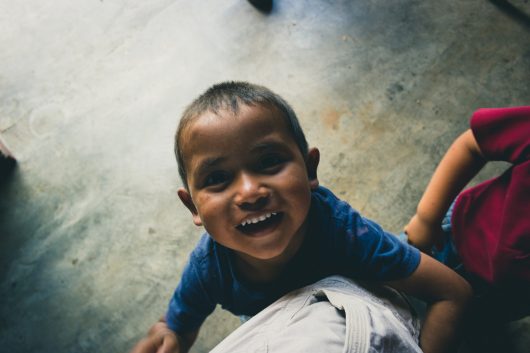The Apparent Project Saves Children from Orphanages

After Haiti’s 2010 earthquake, an influx of international aid entered the country. This relief funded the construction of many orphanages housing about 32,000 children.
Out of 760 orphanages, roughly 80 percent of these children have living parents who want to take care of them, but lack access to adequate health, education and social services.
Shelley Clay and her husband moved to Port-Au-Prince in 2008. They were looking to adopt a child but quickly discovered the overflow of children whose parents still continued to visit them. On one block, according to Clay, there were 20 orphanages which essentially operated as 24/7 day-care services.
Clay found famished young boys were stealing eggs from their equally impoverished neighbors. Single mothers were looking for work, but the market was limited.
To provide context, here are some more facts on poverty in Haiti:
- Haiti ranks 168 out of 187 on the 2014 Human Development Index, according to UNDP.
- The World Bank announced 59 percent of the population lived on less than $2 per day in 2012.
- Over two-thirds of the labor force do not have formal jobs, according to the World Factbook.
In 2008, there were 380,000 orphaned Haitian children. Clay found many of the missionaries wanting to make a difference by investing in the construction of orphanages fueled a larger problem. With public housing services, feeding programs and food aid, the problem is never corrected, Clay told Deseret News.
She realized creating jobs would start to solve the issue one family at a time, so she launched a non-profit program called the Apparent Project. Clay saves many children from orphanages, keeping families together, by providing them work and a roof over their head.
Over the last couple years, she has helped 220 people gain income by transforming Haiti’s garbage into an object value — jewelry. Clay provides jobs to local women by recycling these natural resources for basic life necessities.
Now the artisanal jewelry is sold in home tupperware-style parties and small partnerships with stores, such as the GAP and Donna Karan. In December of 2011, The Apparent Project sold $100,000 in jewelry. This moved Haitian employees from conditions of poverty to middle class status while saving children from orphanages.
– Rachel Williams
Photo: Flickr
